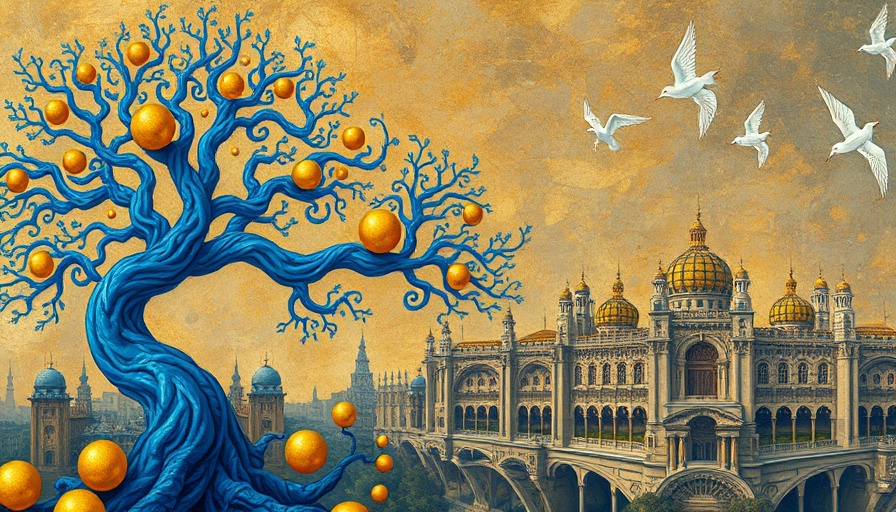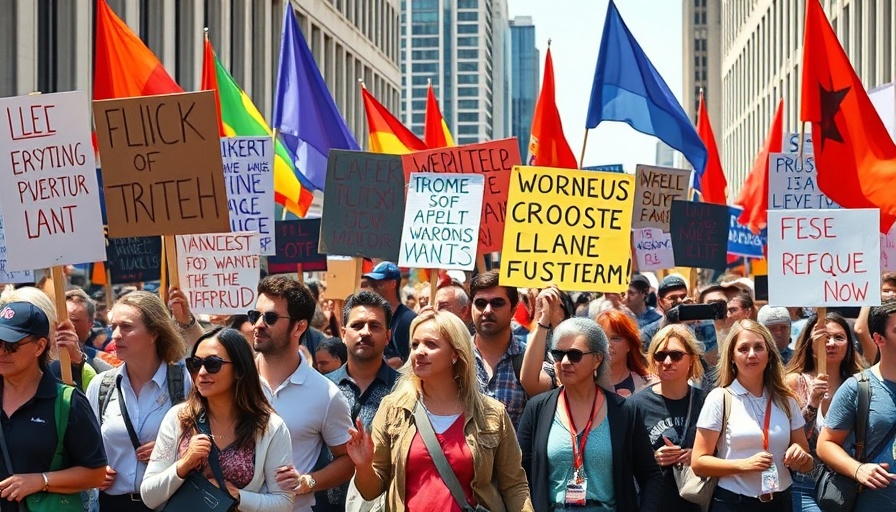
Understanding the Paradox of Self and Connection
In a world where self-care dominates discussions about wellness, it’s crucial to acknowledge a deeper truth: while we are indeed the architects of our healing, we cannot traverse our emotional journeys in silos. The philosophy within the Internal Family Systems (IFS) model underscores that, despite our capacity for self-leadership, humans are inherently social beings. We thrive on connection with others, a reality that often gets overshadowed by the assumption that self-sufficiency is sufficient for emotional well-being.
The Need for Community in Healing
Emily Brooks helps us understand that relying solely on our internal resources may lead to isolation, where the vulnerabilities of our human experience fade into the background. When we encounter emotional wounds, having a supportive community transforms our struggles into shared journeys. Humans are not meant to heal alone; rather, we find strength when others lend us their energy and empathy. This is not a substitute for personal growth but an essential complement that enriches our healing process.
Reframing Attachment: Finding Balance
The article presents a significant point regarding the nature of attachments and the importance of safe emotional spaces. When we bond with others, it's natural to feel attached, but what happens when those connections dissipate? The pain of loss is universal, highlighting the need for emotional safety nets that incorporate both our inner self and the people around us. By fostering a primary attachment to our own inner selves while allowing our connections with others to flourish, we can navigate the tumultuous waters of relationships with greater resilience, effectively mitigating the fear of abandonment.
Expanding on the IFS Model
Building on the IFS philosophy, it’s vital to stress that while self-leadership can nurture our inner children, we do not need to forsake the role of supportive relationships. The misconception that one can fully self-regulate without the help of others can lead to unecessary isolation. It is through our interactions that we learn empathy, validation, and love—key elements often missing when we only focus inward.
Practical Steps to Foster Connection
Emily proposes concrete actions like engaging in group therapy, joining supportive community events, or small local gatherings to create a sense of belonging. These spaces allow participants to share experiences, amplifying healing through collective vulnerability and understanding. Forming connections with those who resonate with our journey imbues our quest for healing with collaboration, proving that we can’t thrive alone.
Alternative Perspectives on Healing
Of course, skeptics might argue that seeking help from others can lead to dependency, yet this perspective overlooks the duality of human experience. Relationship skills must also be cultivated through practice. By learning to co-regulate with others, we enhance our emotional intelligence and improve our relationships, leading ultimately to healthier attachments and well-being.
Conclusion: Embrace Both Self and Others
To navigate the complexities of our emotions, it's essential to embrace both our inner selves and our connections with others. Healing is an intricate dance where both independent self-leadership and interdependent relationships play vital roles. By merging these perspectives, we can open ourselves up to profound healing experiences.
If you’re seeking support and connection on your journey toward healing, consider engaging with local communities, support groups, or wellness initiatives that resonate with you. Remember, you are not alone, and the path to healing is a shared journey.
 Add Row
Add Row  Add
Add 




Write A Comment